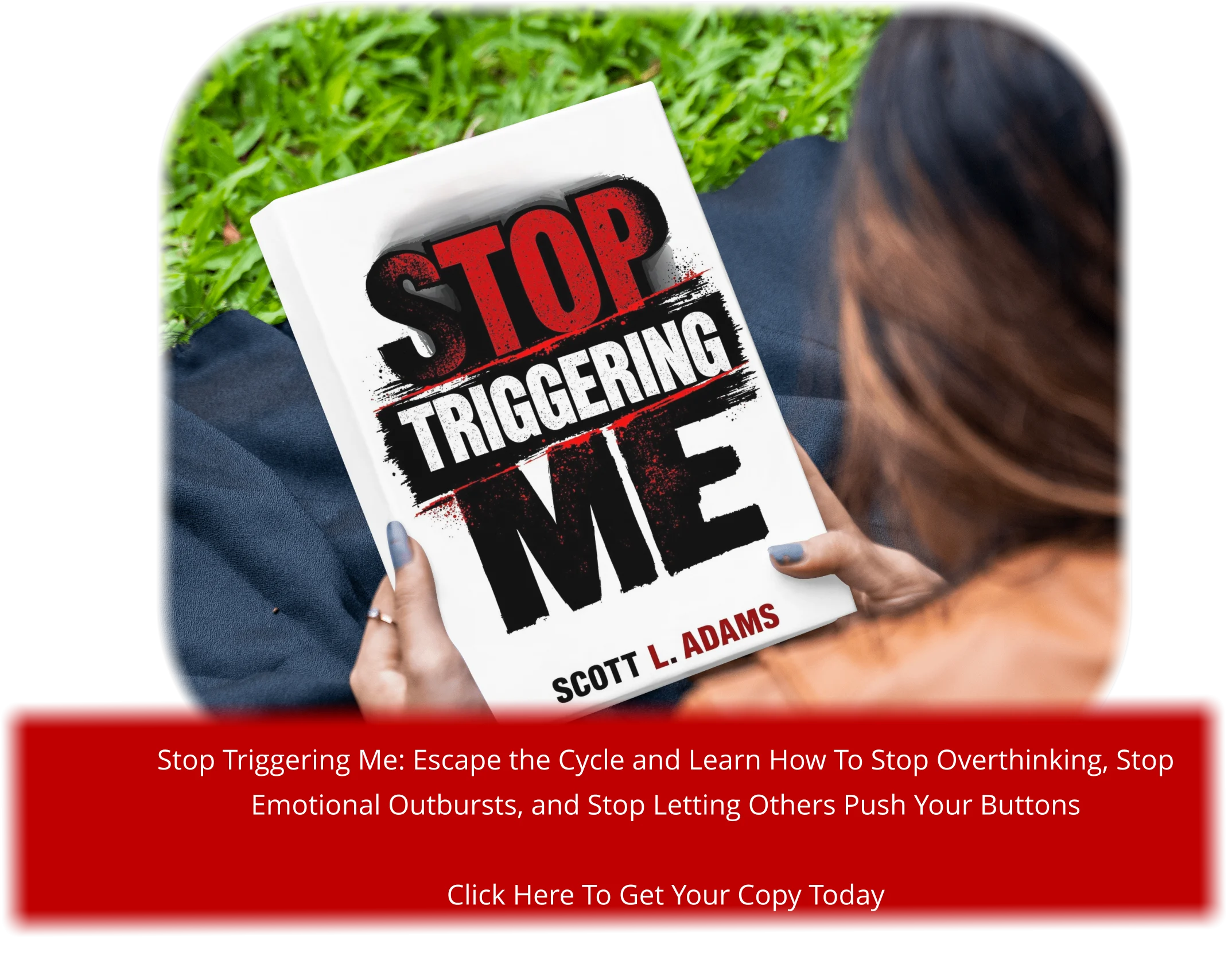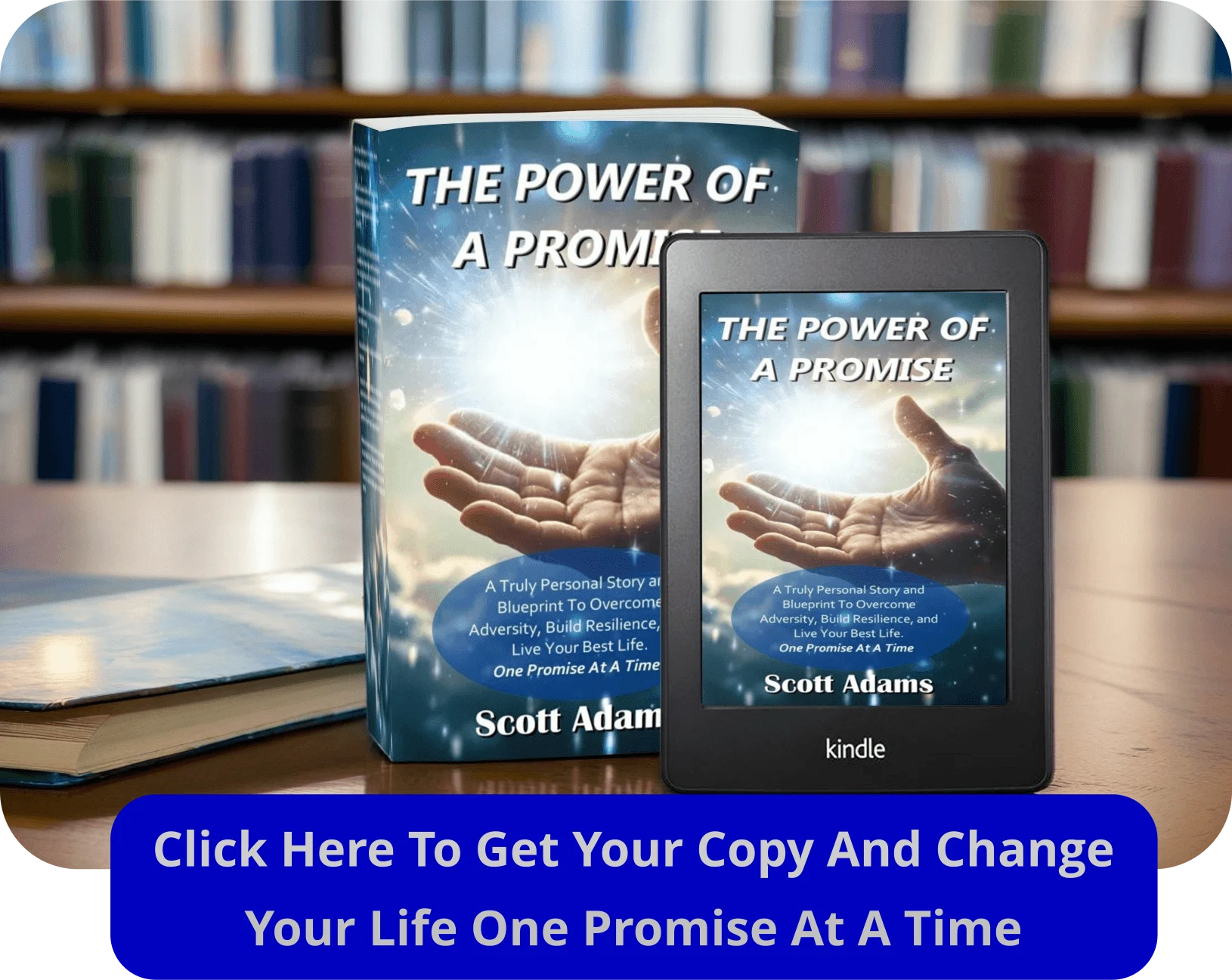Have you ever felt like past experiences still hold power over your life? I remember a time when I couldn’t shake the weight of an old hurt. It felt like a shadow, following me everywhere. That’s when I realized how deeply unresolved trauma can shape our thoughts, actions, and even our health.
Old wounds don’t just disappear. They linger, often manifesting as anxiety, stress, or even physical pain. Studies show that up to 70% of individuals seeking to address these feelings feel overwhelmed by their past1. But here’s the good news: it’s possible to break free.
Healing isn’t about erasing the past. It’s about understanding it, learning from it, and reclaiming control over your life. This process can be challenging, but it’s also transformative. Research indicates that practicing self-compassion and mindfulness can significantly improve well-being2.
In this article, we’ll explore practical steps to help you move forward. Whether it’s acknowledging past events or finding new ways to cope, every step matters. You’re not alone in this journey, and it’s never too late to start.
Key Takeaways
- Old emotional wounds can influence your thoughts, actions, and health.
- Healing is a gradual process that involves understanding and learning from the past.
- Self-compassion and mindfulness are powerful tools for improving well-being.
- Every step in the healing journey is important for reclaiming control.
- It’s never too late to start addressing unresolved trauma.
Understanding the Essence of Emotional Healing
What does it mean to truly let go of old pain and move forward? I’ve asked myself this question many times. It’s not about forgetting the past but about understanding it in a way that no longer controls your present. This is the essence of emotional healing—a process that allows you to reclaim your power and live a fuller life.
Defining Emotional Healing and Its Importance
Emotional healing is about acknowledging and processing painful experiences. It’s not a quick fix but a gradual process that helps you integrate those feelings into your story. Studies show that expressive writing can reduce symptoms of anxiety and depression by 20-30%3. This highlights how powerful it can be to face your emotions head-on.
Suppressing feelings, on the other hand, can lead to long-term issues. Research indicates that around 40% of individuals with a history of trauma turn to unhealthy coping mechanisms like substance abuse3. This is why emotional healing is so vital for mental health.
Differences Between Healing and Emotional Suppression
Healing isn’t about burying your feelings. It’s about understanding them. For example, I once tried to ignore a painful event, but it only made things worse. When I finally talked to a therapist, I learned how to process those emotions in a healthy way.
Here’s the key difference:
- Healing involves facing your emotions and learning from them.
- Suppression means pushing those feelings down, which can lead to more stress and even physical health issues.
Practices like mindfulness and self-compassion can help you truly heal. Research shows that self-compassion can increase emotional resilience by 50%4. This is why it’s so important to approach your feelings with kindness and patience.
If you’re struggling, don’t hesitate to seek professional help. A therapist can guide you through this process and provide tools to help you move forward. Remember, healing isn’t about erasing the past—it’s about growing from it.
Identifying Unresolved Emotional Wounds and Pain
Why do some memories feel like they’re still shaping your present? I’ve often asked myself this question, especially when I noticed how certain events from my past seemed to linger in my thoughts and actions. Identifying these unresolved wounds is the first step toward addressing them.
Common Life Events That Trigger Deep Emotional Wounds
Certain experiences can leave lasting scars. Loss, abuse, or even a breakup can trigger deep emotional pain. For example, I once struggled to move on after a significant loss. It wasn’t until I acknowledged the pain that I began to heal.
Studies show that around 70% of adults in the U.S. have experienced some type of traumatic event at least once in their lives5. These events can shape how we view ourselves and the world around us.
Recognizing the Signs of Chronic Emotional Stress
Unresolved trauma often manifests as chronic stress. You might feel constantly on edge or find it hard to trust others. I remember feeling this way after a traumatic event, and it took time to recognize the connection.
Physical symptoms like headaches, fatigue, or a racing heartbeat can also signal unresolved trauma6. These signs are your body’s way of telling you something needs attention.
If you’re experiencing these symptoms, it’s important to take a step back and reflect. Awareness is the first step toward healing. By identifying these wounds, you can begin to address them constructively.
Emotional healing: Techniques and Strategies
When was the last time you felt truly present in your own life? For many, past trauma can make it hard to stay grounded. But there are practical ways to work through these challenges and reclaim your well-being.
Mindfulness and Self-Compassion Practices
Mindfulness helps you stay in the present moment. It’s about noticing your thoughts and feelings without judgment. Studies show that labeling emotions can reduce their intensity7.
Self-compassion is equally important. Treat yourself with kindness, especially during setbacks. Research shows that self-compassion can increase emotional resilience by 50%7.
Try this simple exercise: Take a deep breath and focus on the sensation of air filling your lungs. This can help you feel more grounded and calm.
Incorporating Somatic Therapy and Movement
Your body holds onto trauma, but movement can help release it. Somatic therapy focuses on this connection. Experts like Peter A. Levine highlight the body’s natural ability to “shake off” trauma8.
Simple practices like a body scan can be powerful. Lie down, close your eyes, and mentally check in with each part of your body. Notice any tension or discomfort.
Regular movement, like yoga or walking, can also help. These activities not only release stored tension but also improve overall health.
Remember, these techniques take time and consistency. If you’re struggling, don’t hesitate to seek help from a therapist. They can guide you through this process and provide additional tools.
Experiment with different strategies until you find what works best for you. Every step you take brings you closer to a fuller, more balanced life.
Navigating the Healing Journey at Your Own Pace
Healing isn’t a straight path—it’s full of twists, turns, and lessons along the way. I’ve learned that rushing through it only leads to more stress. Instead, taking it one step at a time allows you to truly grow. Studies show that around 75% of individuals who set clear goals for their healing journey find it easier to navigate challenges9.
Setting Personal Benchmarks for Progress
When I started my healing journey, I felt overwhelmed. That’s when I realized the importance of setting small, achievable goals. For example, journaling for 10 minutes a day helped me process my emotions without feeling pressured. Research indicates that journaling can improve emotional clarity and reduce anxiety symptoms in about 60% of participants9.
Here’s how you can set your own benchmarks:
- Start with small, manageable tasks.
- Celebrate every victory, no matter how small.
- Adjust your goals as you grow and change.
Embracing Setbacks as Part of Growth
Setbacks are a natural part of the healing process. I’ve had moments where I felt like I was moving backward, but those were often the times I learned the most. Studies suggest that accepting setbacks contributes to long-term recovery10.
Here’s how to reframe setbacks:
- See them as opportunities to learn, not failures.
- Remind yourself that healing isn’t linear.
- Lean on your support system during tough times.
Remember, it’s okay to take your time. Healing is about progress, not perfection. By setting personal benchmarks and embracing setbacks, you’re taking control of your journey—one step at a time.
Integrating Healing into Daily Wellness
How often do you pause to check in with yourself during the day? For me, this simple act has been a game-changer. It’s not about grand gestures but the small, consistent steps that make a difference. Research shows that daily self-care routines can reduce symptoms of anxiety and stress by up to 30%11. This is why integrating healing into your everyday life is so powerful.
Establishing Self-Care Routines for Emotional Balance
Self-care doesn’t have to be complicated. Start with something as simple as a morning stretch or a few minutes of deep breathing. I’ve found that journaling helps me process my thoughts and stay grounded. Studies show that journaling can reduce symptoms of trauma and improve emotional clarity11.
Here are a few routines to try:
- Set aside 10 minutes for meditation or mindfulness.
- Incorporate regular physical activity, like walking or yoga.
- Practice gratitude by writing down three things you’re thankful for each day.
These small habits can create a ripple effect, improving your overall well-being over time.
Building and Relying on Supportive Relationships
Healing isn’t something you have to do alone. I’ve learned that leaning on trusted friends or a therapist can make all the difference. Research highlights that strong social connections can enhance recovery rates and reduce feelings of isolation12.
Here’s how to nurture your support system:
- Reach out to a friend or family member regularly.
- Join a support group or community with shared experiences.
- Don’t hesitate to seek professional help when needed.
Remember, it’s not about perfection but progress. By integrating these practices into your daily life, you’re taking meaningful steps toward a healthier, more balanced life.
Conclusion
Taking the first step toward addressing old wounds can feel daunting, but it’s also empowering. I’ve learned that acknowledging unresolved trauma is the foundation of reclaiming control over your life. It’s not about erasing the past but understanding how it shapes your present13.
Throughout this journey, techniques like mindfulness and self-care have been invaluable. Studies show that practices like journaling and meditation can significantly reduce symptoms of stress and improve overall health14. These small, consistent steps can lead to transformative change.
Remember, setbacks are part of the process. I’ve had moments where progress felt slow, but those were often the times I learned the most. It’s okay to lean on a therapist or trusted loved ones for support. You don’t have to do this alone.
Every step you take, no matter how small, is a victory. Healing is a journey, not a destination. By embracing the process, you’re building resilience and moving toward a brighter, more balanced future.







